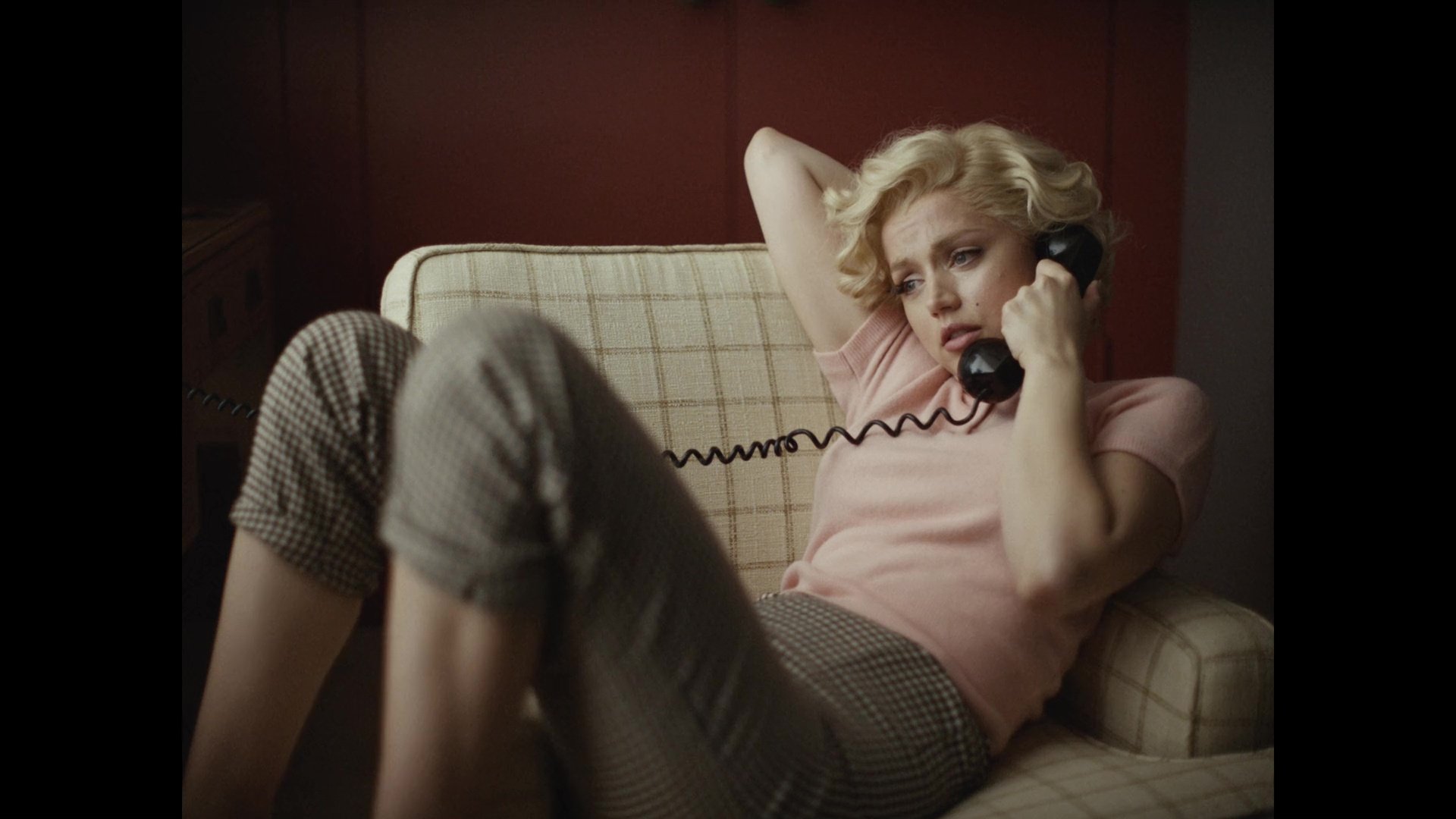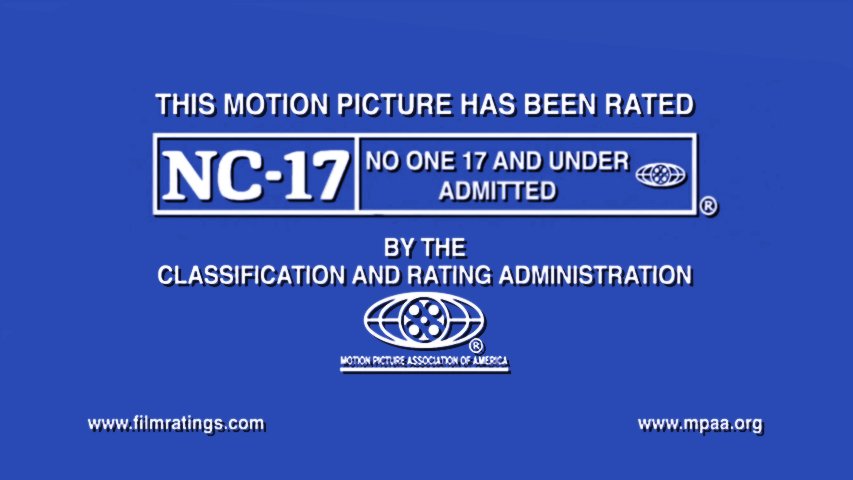A few years ago, I watched all the Best Picture winners and sorted them in various categories: the Essential, the Great, the Good, and the “Really? This was ‘the Best?’” The 2010s had not quite ended yet, so I gave my best estimation. With this year’s Oscars in the rearview, I realized it has been a couple years since the 2010s ended and it might be a good time to revisit that decade.
You can read the original post here: click me!
The turn of the decade has added some… let’s call it hindsight maybe. The test of time has yielded some different results.
Really? This was ‘the Best?’”
The flicks in this category are generally not so great, or won out over much more deserving films.
The Artist
It’s a niffy little throwback film that has its charms, but the magic has worn off. The Oscars are often “of the moment.” Like a sudden touchdown by the underdog team in the last seconds of a game. The Artist had its moment. I think The Descendants was the best of that year’s batch. Grade: B-
Birdman Or (The Unexpected Virtue of Ignorance)
I stick by what I said originally: "A great film for literature and theater majors to be ultimately disappointed in.” Time has only illuminated how shallow the story is, despite the technical depth. I will say this was the best directed film that year, but I think The Grand Budapest Hotel was the best picture of 2014. Grade: B
Green Book
I was pulling for BlacKkKlansman or Roma, but somehow this won. Apparently, the Academy has a thing for examining racism through driving. Can’t help but be reminded of Do the Right Thing and Driving Miss Daisy in 1989. Grade: C+
The Good
These aren’t what I’d call “bad” films, but they just aren’t as “great” as they should be to be considered the “best.”
The King’s Speech
I defend this film over The Social Network still. I know a lot of people disagree with that, and I respect that, but I will die on that hill. Now that we are more than a decade past, I think Black Swan might have been the best of the nominees that year. Grade: B+
Argo
Oddly this became one of the more forgotten winners since it won. It isn’t bad, but now it kind of feels more like a flick you’d watch with your dad on a Sunday afternoon than a Best Picture winner. 2012 was an unusual year. I probably would have voted for Beasts of the Southern Wild. I’ve rewatched that film many times. Grade: B
The Great
These are films that are truly worth your time, but maybe it isn’t the end of the world if you haven’t seen them.
12 Years a Slave
I haven’t seen this since it came out and it still gets to me when I think about it. I’m unsure if it has held up in this era of where so many films focus on trauma. Grade B+
Spotlight
I wanted to avoid copying and pasting, but previous me got it right the first time: “This account of the investigation of pedophilia in the Catholic church charmed me the moment I started it. Great performances from all around and tight direction. I did however feel there was a lack of tension at times, you kept waiting for some huge opposition to happened and it doesn’t really. Still, a great film.” Grade: B+
The Shape of Water
Fish man jokes aside, this is a great monster movie. This is what happens when you don’t let Guillermo Del Toro remake Creature from the Black Lagoon, and I’m kind of glad Universal didn’t let him. Yes, it’s a premise that is hard to get passed for some, but once you do it really is something special. Three Billboards Outside Ebbing Missouri was a close second that year, though. Grade: A-
The Essential
A film that has made a place in cinema history.
Moonlight
The unfortunate thing about Moonlight could also be the reason why it is essential: it actually winning after La La Land was announced the winner in a kerfuffle for the ages. It’s unfortunate because I find this to be one of the more messy, complicated, and human films to win. Is it poverty porn? A little bit, yeah. But it is still a beautiful piece of art about learning and coming to terms about one’s self. Grade: A
Parasite
A family of con artists pull off a heist of sorts over a rich family, but then it kind of becomes a horror film. What’s not to love? Essential for being the first non-English winner, it is also essential for just being a near perfect film. So good it works in both color and black and white. Grade: A+

































